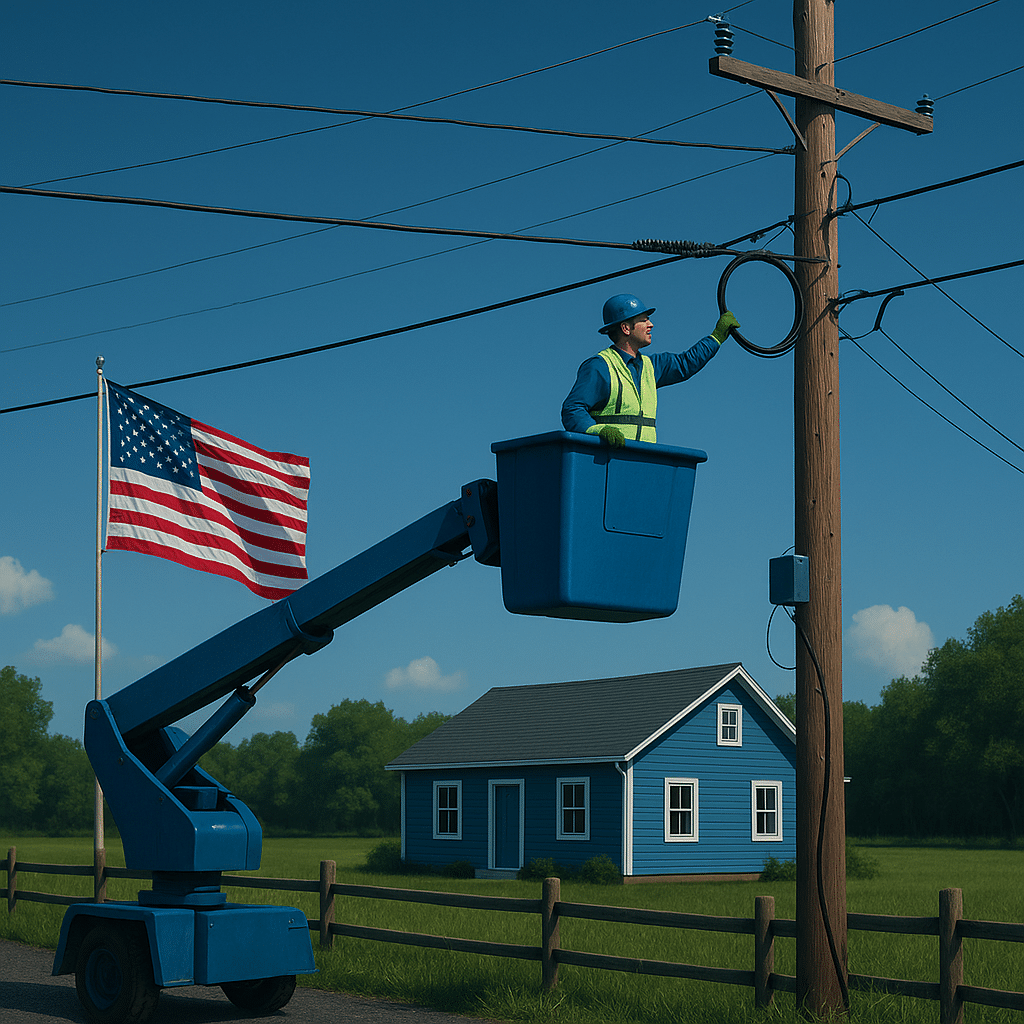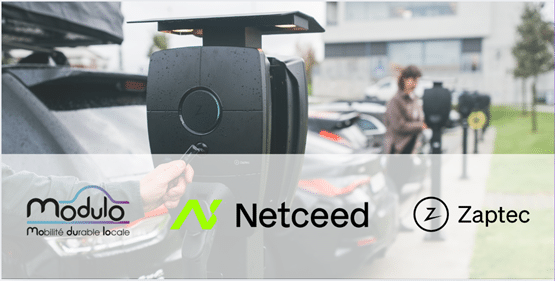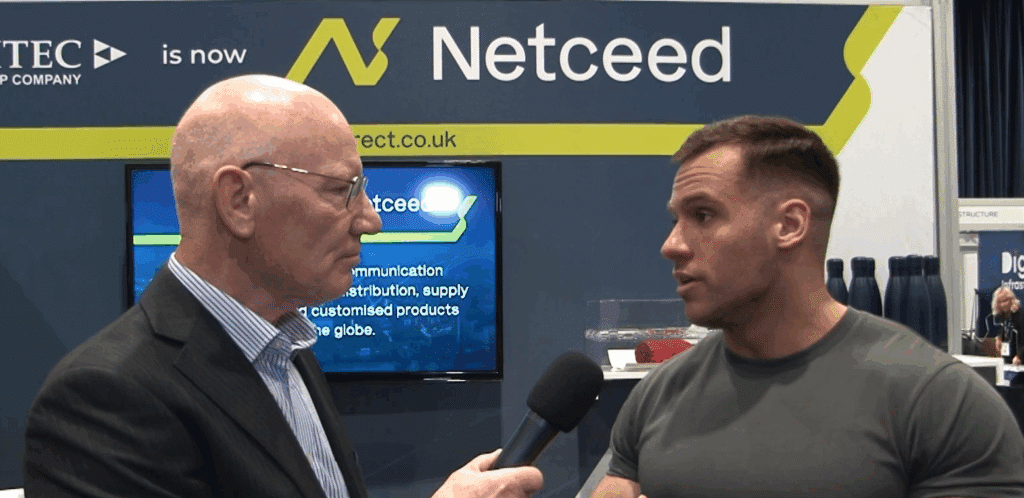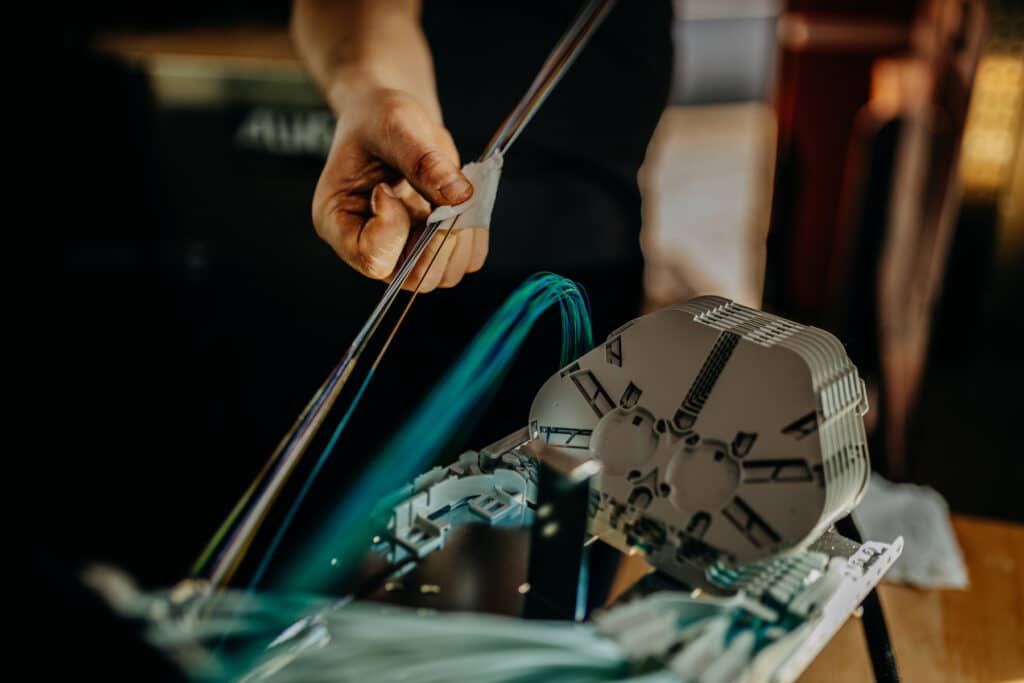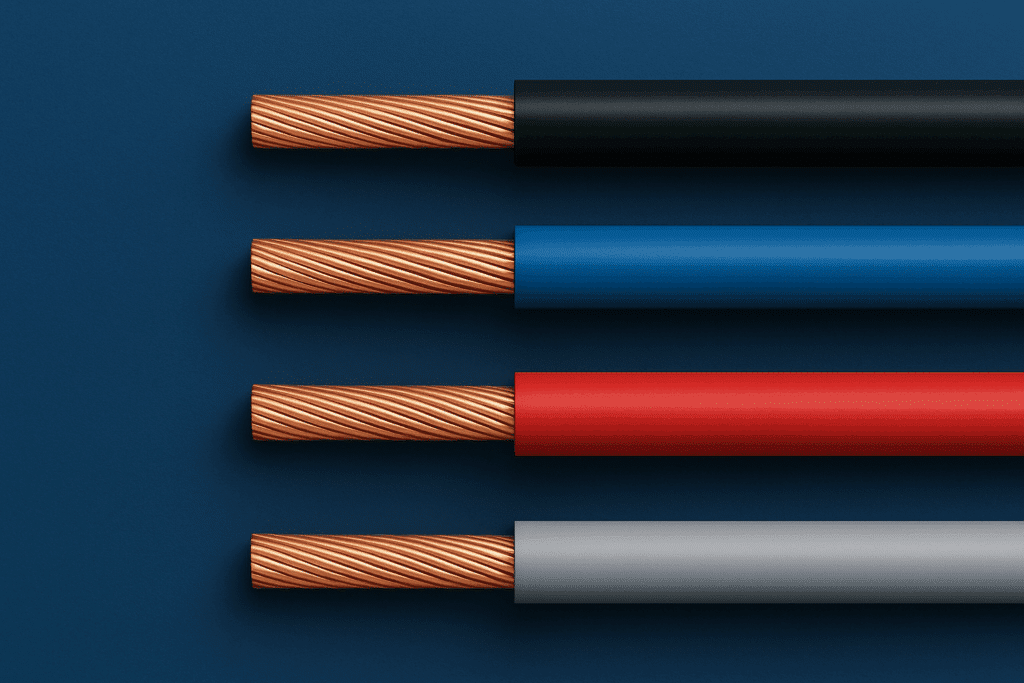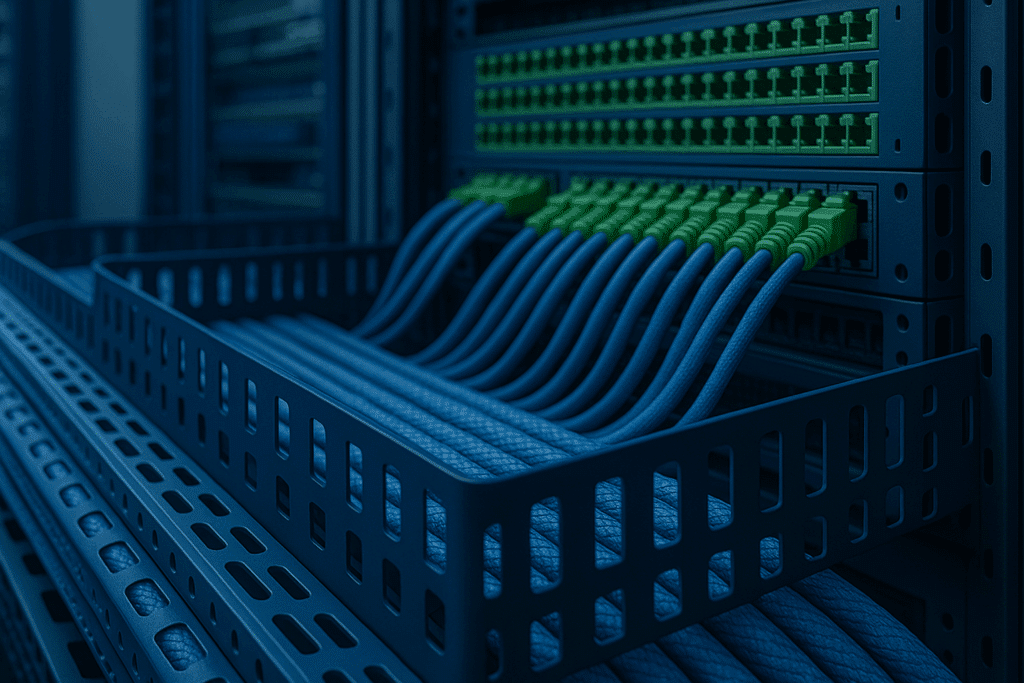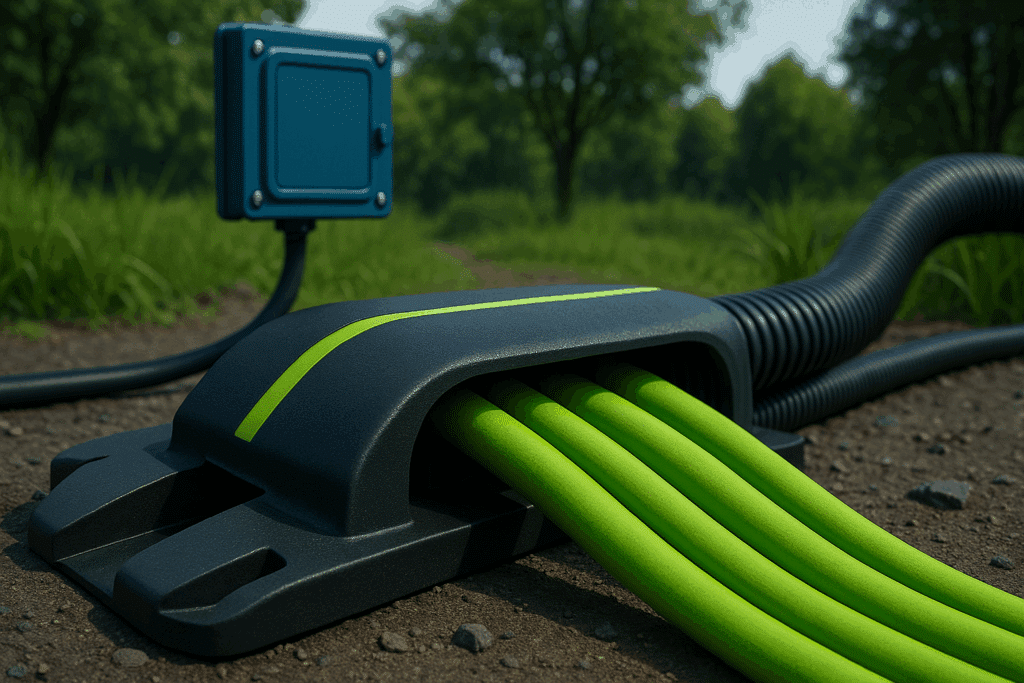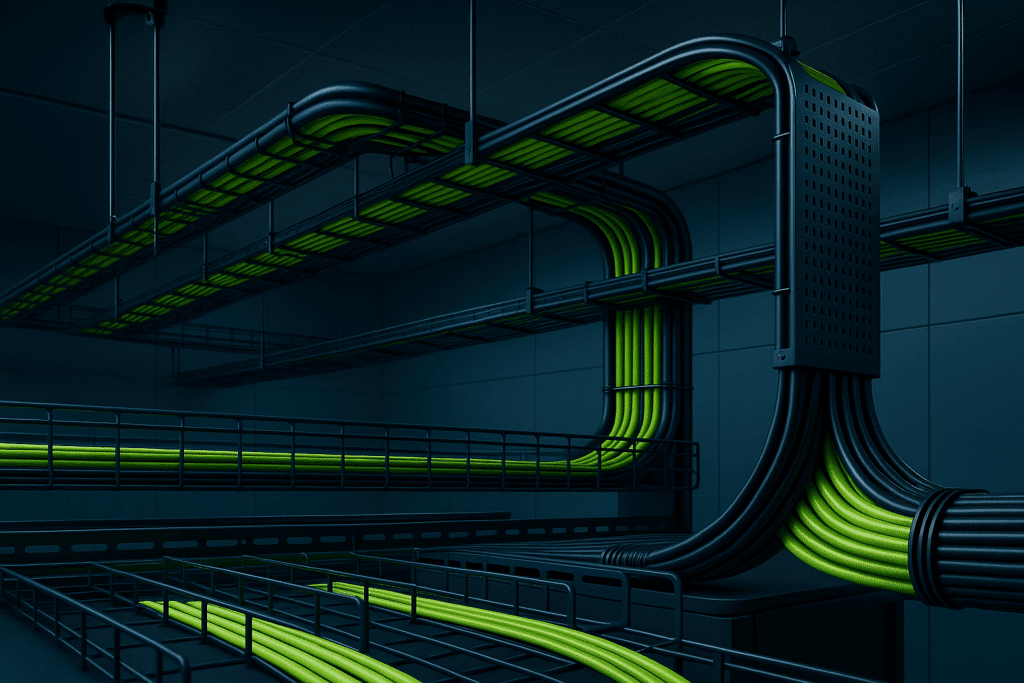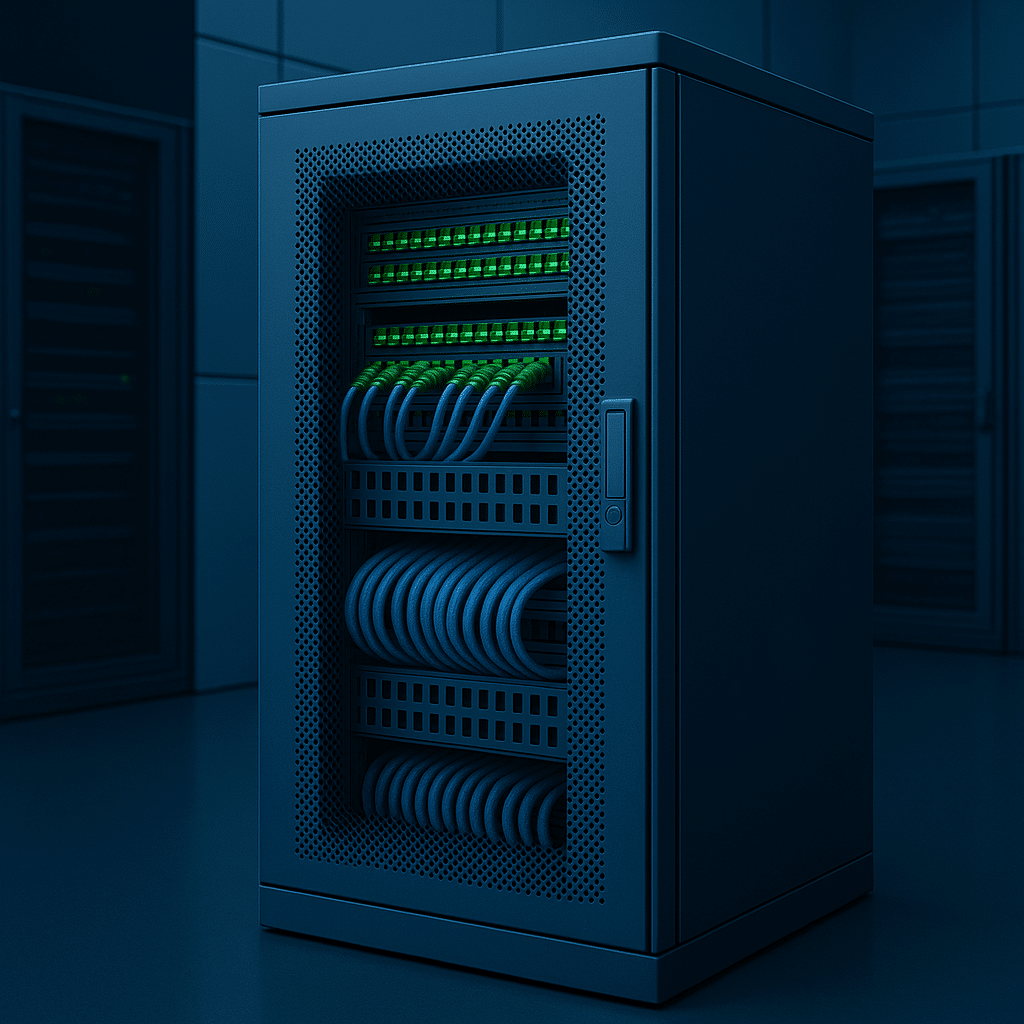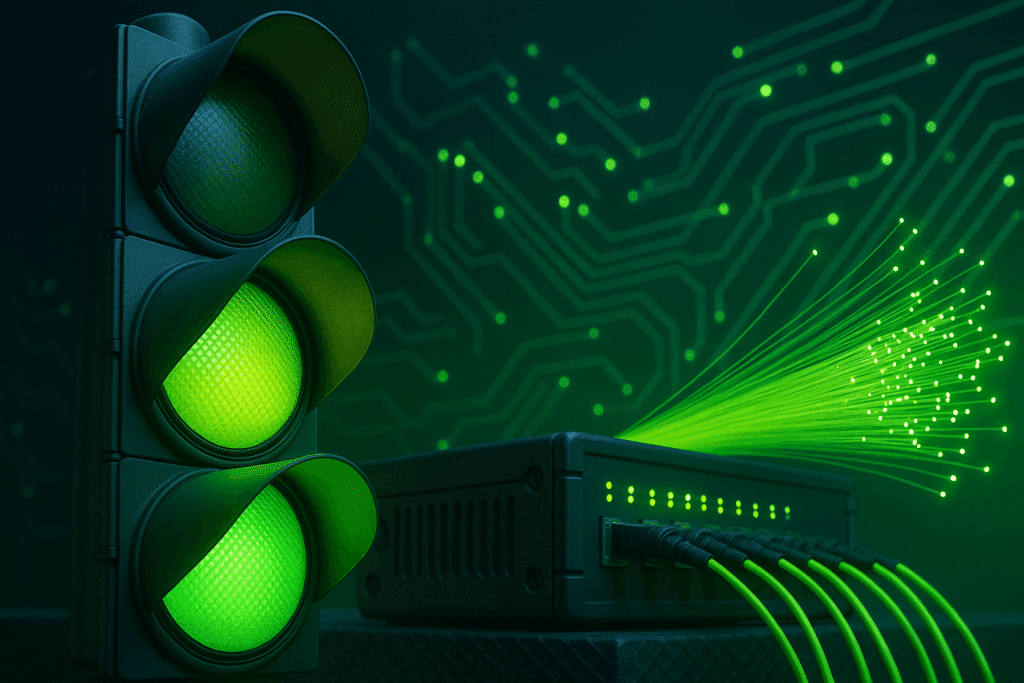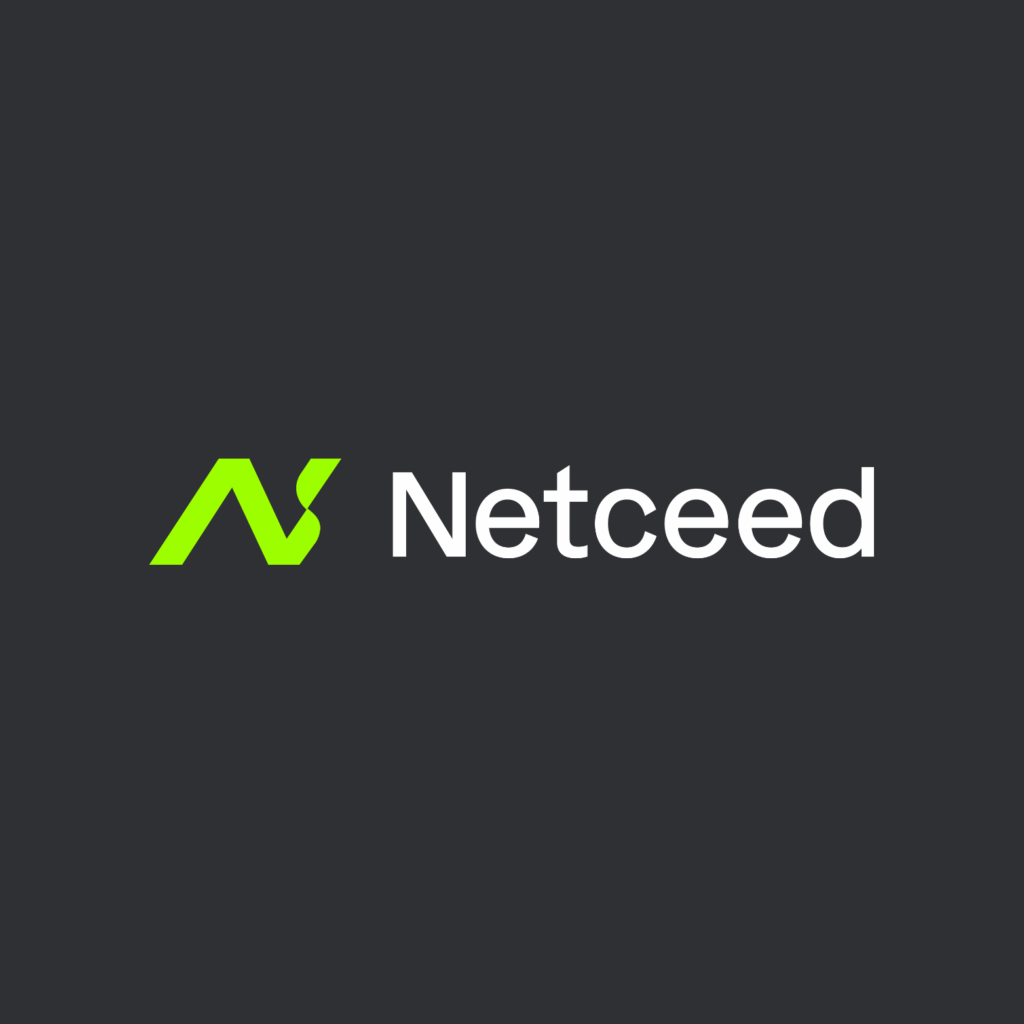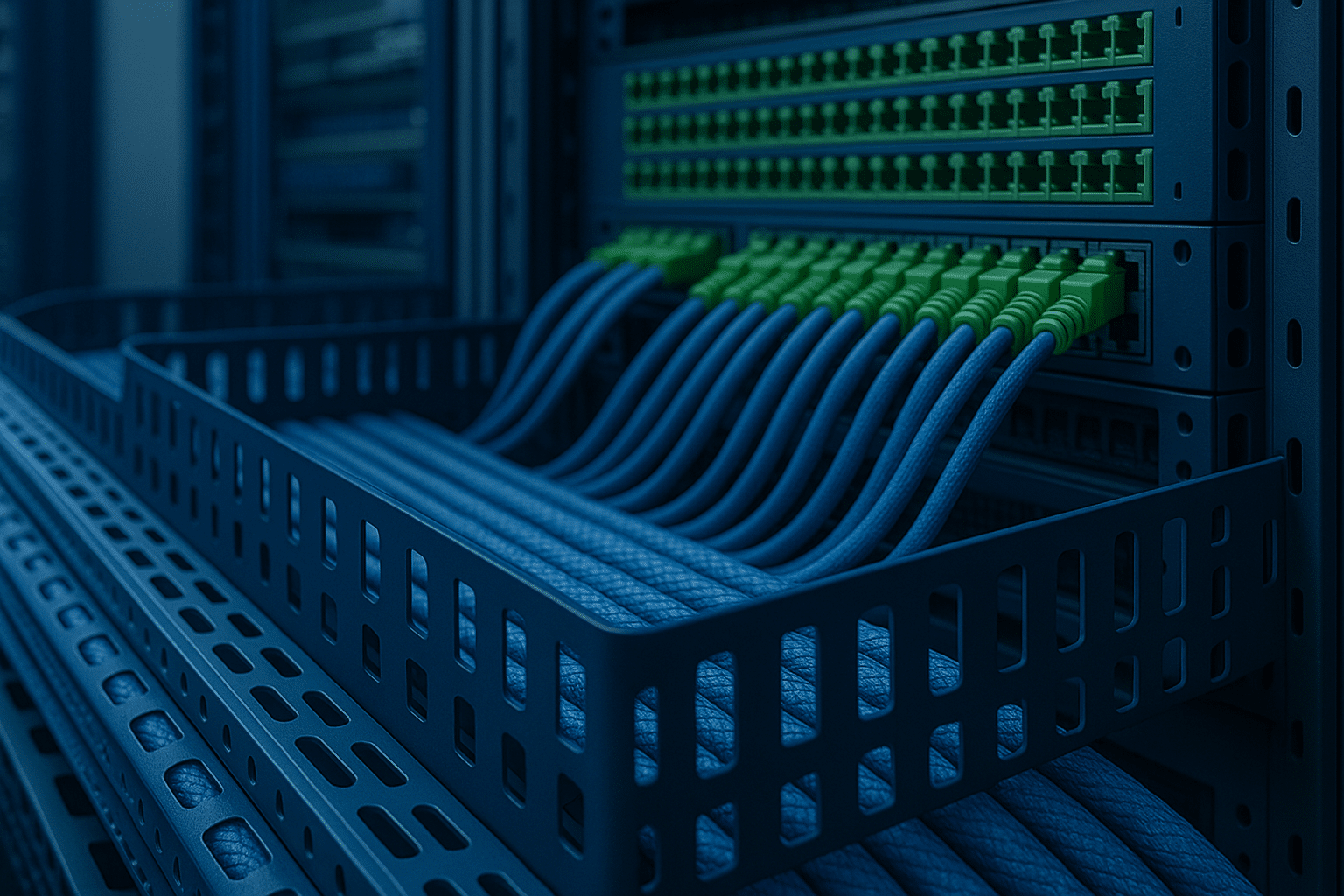
The Backbone of Connectivity: Why Structured Cabling is Essential for Modern Network Infrastructure
The Evolution of Cable Industry Technology: A Brief History
The cable industry has been a cornerstone of communication for decades, with roots tracing back to the late 19th century. Early telegraph systems laid the foundation for the development of wired communication networks. The introduction of telephone lines and coaxial cables in the mid-20th century marked significant progress, enabling the expansion of telecommunication networks.
By the 1980s, the advent of fibre optic cables revolutionised the industry, offering unprecedented data transmission speeds and reliability. The growing reliance on digital communication and data-driven systems in the 1990s led to the need for more organised, scalable, and efficient cabling systems. This shift paved the way for structured cabling, which has since become the backbone of modern network infrastructure.
What is Structured Cabling?
Structured cabling refers to a standardised system of cables, connectors, and hardware that provides a comprehensive telecommunications infrastructure. This system is designed to support a wide range of hardware uses and to ensure the reliable transmission of data, voice, and video across various network environments.
Unlike point-to-point cabling, structured cabling uses a hierarchical design that organises the entire system into manageable units. It typically consists of six subsystems:
- Entrance Facilities – The point where external cabling interfaces with the internal network.
- Equipment Rooms – Centralised spaces that house network equipment and termination points.
- Backbone Cabling – Cables that interconnect entrance facilities, equipment rooms, and telecommunications closets.
- Horizontal Cabling – Cabling that runs from telecommunications closets to individual workstations.
- Work Area Components – Connectors, cables, and devices at the user end.
- Telecommunications Closets – Distribution areas where backbone and horizontal cabling meet.
Importance of Structured Cabling for Modern Network Infrastructure
The importance of structured cabling cannot be overstated in the era of digital transformation. Businesses, governments, and service providers rely on seamless data flow to support their operations, making network reliability crucial.
- Scalability and Flexibility
Structured cabling systems provide the flexibility needed to accommodate growth and technology upgrades. As businesses expand, structured cabling allows for easy integration of new devices and applications without significant overhauls.
- Simplified Management
One of the key benefits of structured cabling is its organised design, which simplifies troubleshooting and maintenance. Network administrators can quickly identify and resolve issues, minimising downtime and enhancing productivity.
- Cost Efficiency
While the initial installation cost of structured cabling may be higher than traditional cabling, the long-term savings are substantial. Reduced maintenance costs, fewer disruptions, and lower power consumption contribute to significant cost efficiency over time.
- Enhanced Performance
Structured cabling supports high-speed data transmission and reduces latency, ensuring optimal performance for critical applications such as cloud computing, VoIP, and video conferencing.
- Future-Proofing
With rapid advancements in technology, structured cabling provides a foundation that can adapt to future innovations. Its design accommodates higher bandwidths and emerging communication protocols, ensuring longevity and relevance.
Emerging Trends and Innovations in Structured Cabling
The structured cabling industry continues to evolve with advancements in technology and increasing data demands. Some of the latest trends and innovations include:
- Fibre Optic Expansion
Fibre optic cabling is becoming the preferred choice for backbone cabling due to its superior speed and bandwidth capabilities. The proliferation of 5G networks and data centres has accelerated the adoption of fibre optics.
- Power over Ethernet (PoE)
PoE technology allows both power and data to be transmitted over the same Ethernet cable, reducing the need for separate power sources. This innovation supports IoT devices, security cameras, and wireless access points.
- Modular Data Centres
Structured cabling is essential for the efficient operation of modular data centres, which are prefabricated and scalable. These data centres can be rapidly deployed to meet growing data processing needs.
- High-Density Cabling
High-density cabling solutions optimise space in data centres by accommodating more cables in a smaller footprint. This trend supports the increasing demand for data processing and storage.
The Future of Structured Cabling
The future of structured cabling lies in further integration with emerging technologies and sustainability initiatives. Smart building technologies, AI-driven network management, and green cabling solutions are expected to shape the landscape.
- Smart Buildings – Structured cabling is essential for supporting IoT-enabled smart buildings, as it provides the necessary infrastructure for efficient operation.
- AI and Automation – AI-driven diagnostics and automated cable management systems will improve efficiency and minimise human error.
- Sustainability – The use of eco-friendly cabling materials and energy-efficient systems will increase as industries work to reduce their carbon footprint.
Conclusion
Structured cabling is a vital component of modern network infrastructure, ensuring seamless connectivity, scalability, and performance. As technology continues to advance, structured cabling systems will remain crucial for supporting our data-driven world. By investing in structured cabling, organisations can future-proof their networks, enhance operational efficiency, and maintain a competitive edge in an increasingly connected environment.


